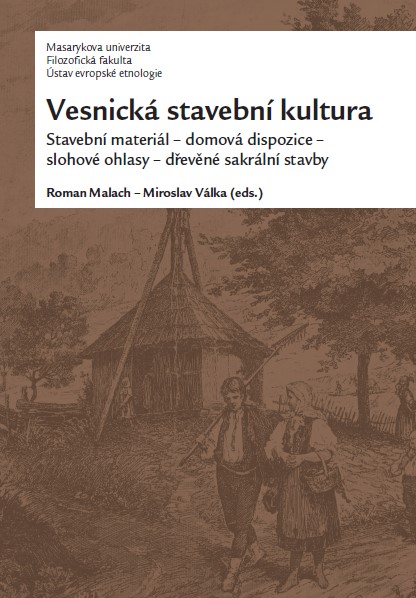Metodický přístup ke studiu dřevěných kostelů a jejich mezinárodní souvislosti na severovýchodní Moravě a Těšínském Slezsku
A methodical approach to the study of wooden churches and their international connections in northeastern Moravia and Těšín Silesia
Author(s): Jiří Langer
Subject(s): Christian Theology and Religion, Cultural history, Architecture, History of Church(es), Regional Geography, 17th Century
Published by: Masarykova univerzita nakladatelství
Keywords: wood structures; genetic sources of sanctuary architecture; cathedral; liturgical demands; Eastern Christian and Western Christian relationships;
Summary/Abstract: The hitherto interpretation of wooden churches followed the art-historical and aesthetical approaches as a marginal theme within the interest in the style masonry architecture in Southern-European and Western-European regions. Central and Northern Europe, accentuating the protection against demons and enemy troops, featured other functioning genetic roots. To get familiar with wooden churches, one has to analyze the function of their investor, ideologist, and architect in the framework of historical relations of European cultural regions. The study mentions several examples depicting the genesis of the wooden cathedral form with cross-shaped ground plan in the 17th century and the occurrence thereof in Europe, as well as other ideological neologisms, even if disadvantageous as to their function, in the architecture of wooden churches.
- Page Range: 187-195
- Page Count: 9
- Publication Year: 2014
- Language: Czech
- Content File-PDF

